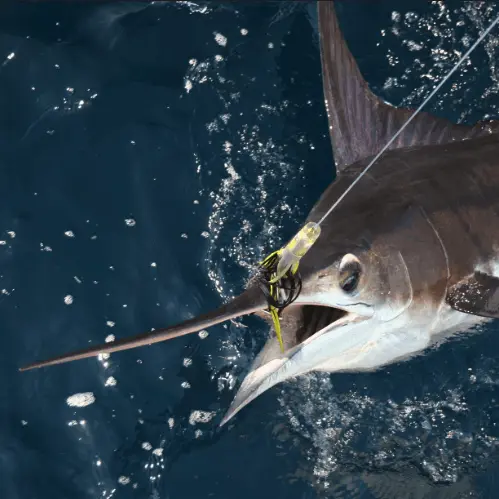
Top 10 Fish to Catch in Cabo San Lucas
Cabo San Lucas, at the southern tip of Mexico’s Baja Peninsula, is world-renowned for its sportfishing. Nicknamed the “Marlin Capital of the World,” Cabo offers anglers the chance to catch both trophy billfish and hard-fighting inshore species, often on the same trip.
Here’s a closer look at the top 10 fish to catch in Cabo San Lucas, with tips on when to fish, how to catch them, and what makes each species unique.
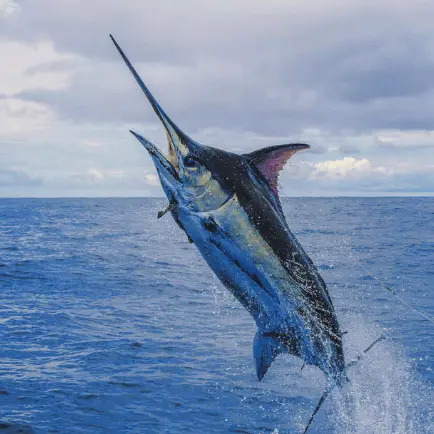
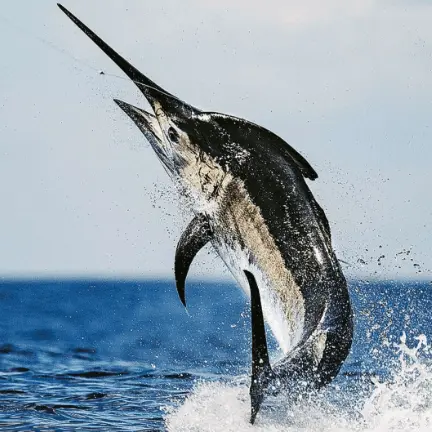
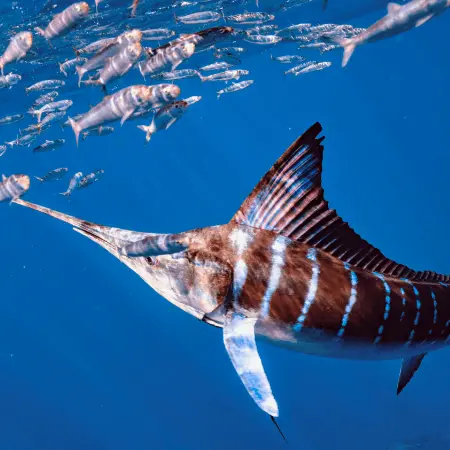
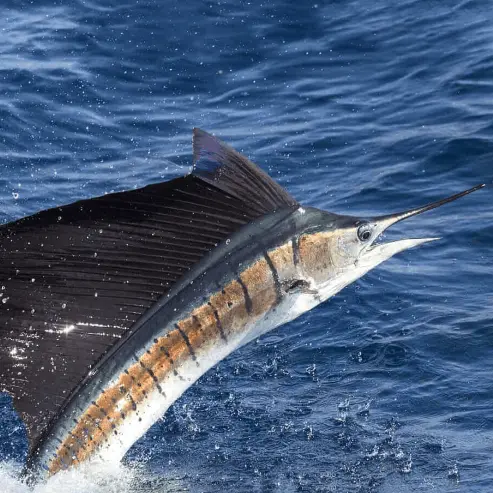
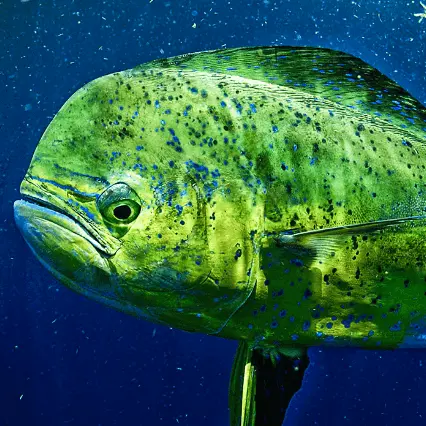
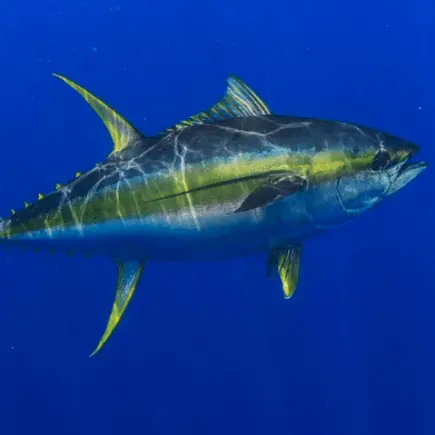
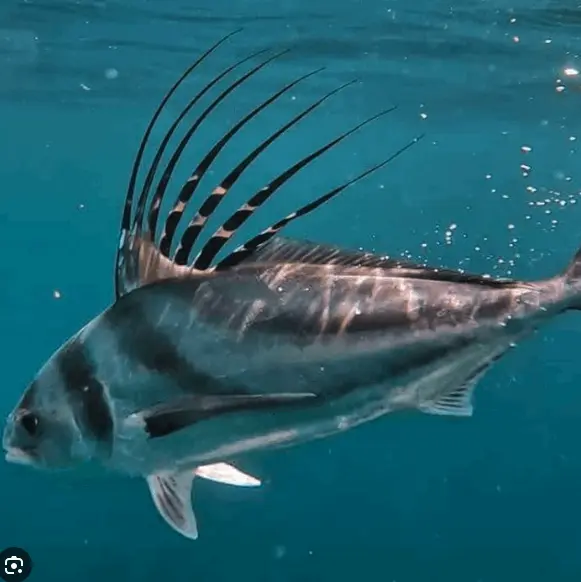
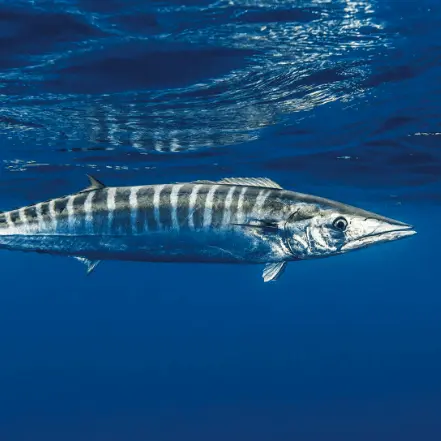
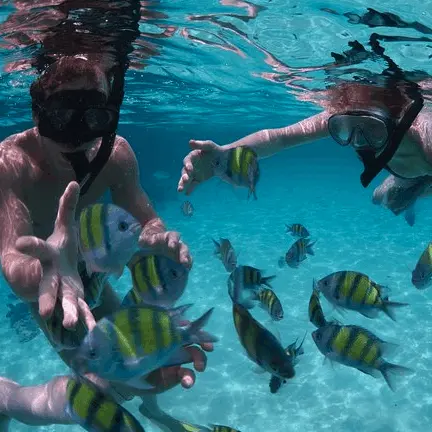
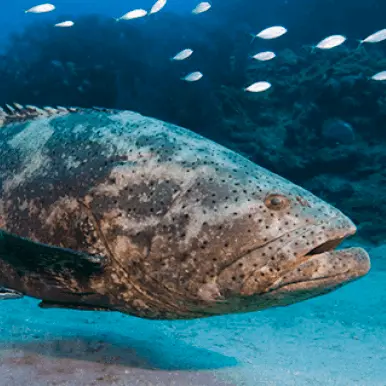
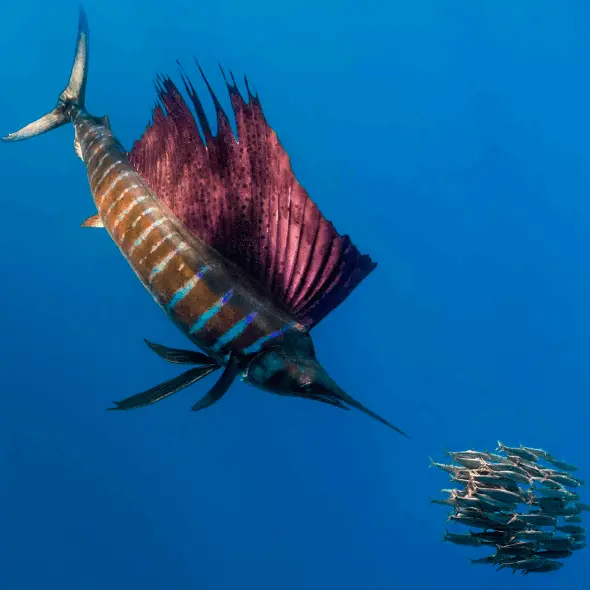
Follow Us